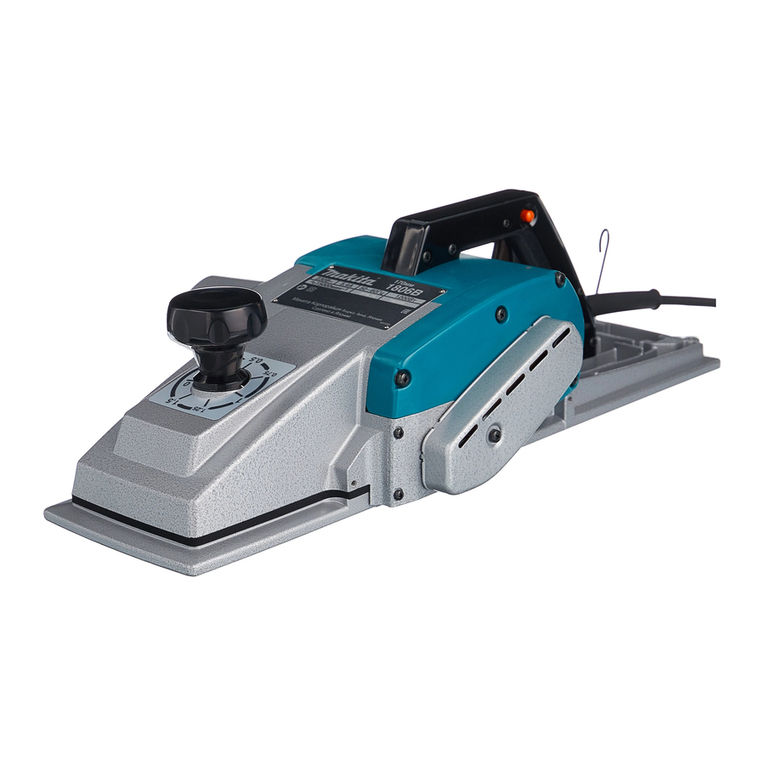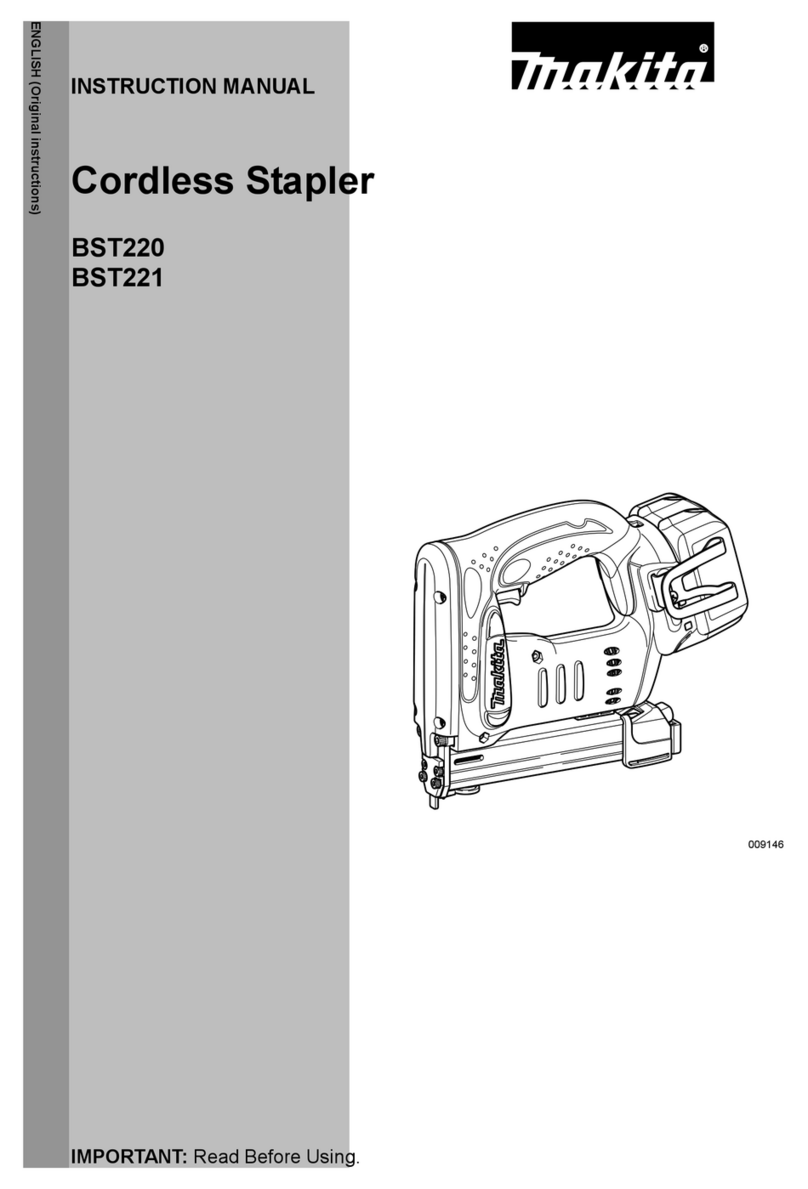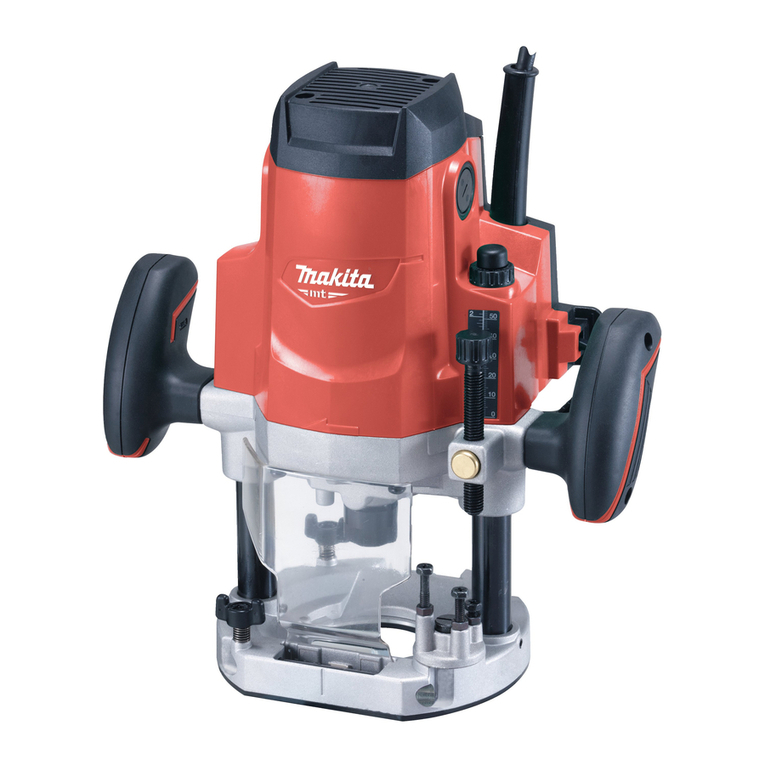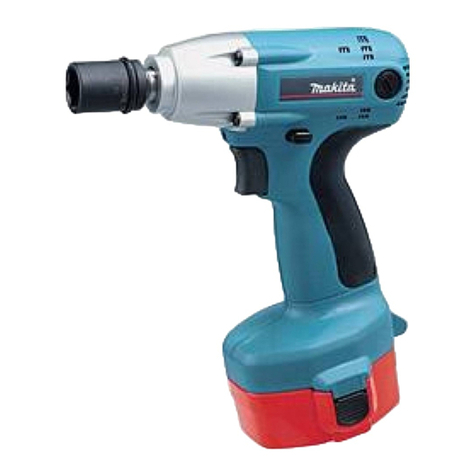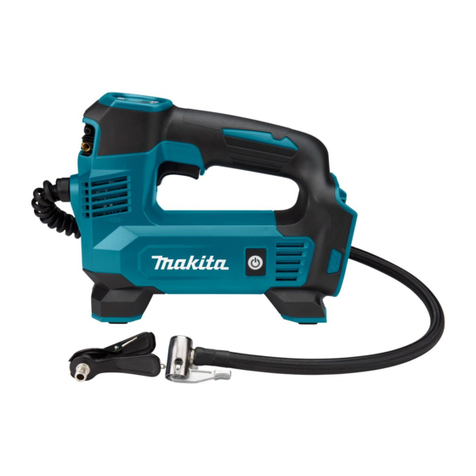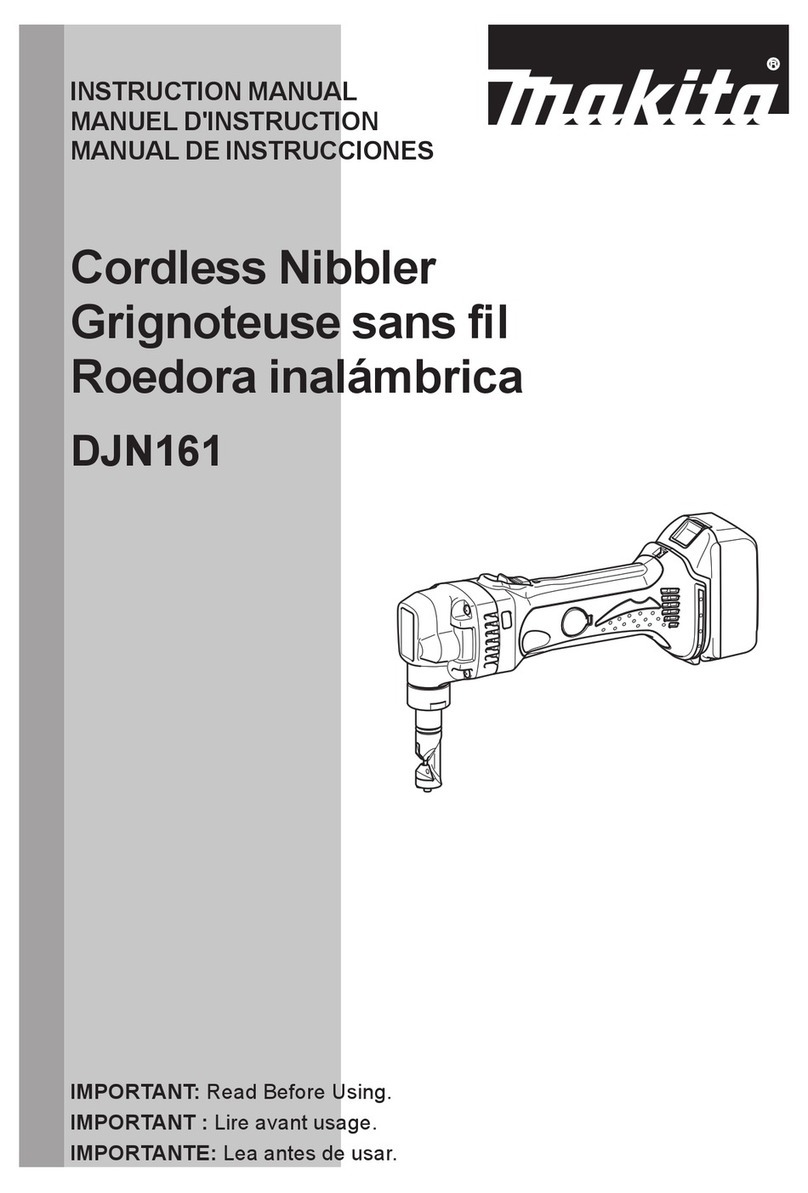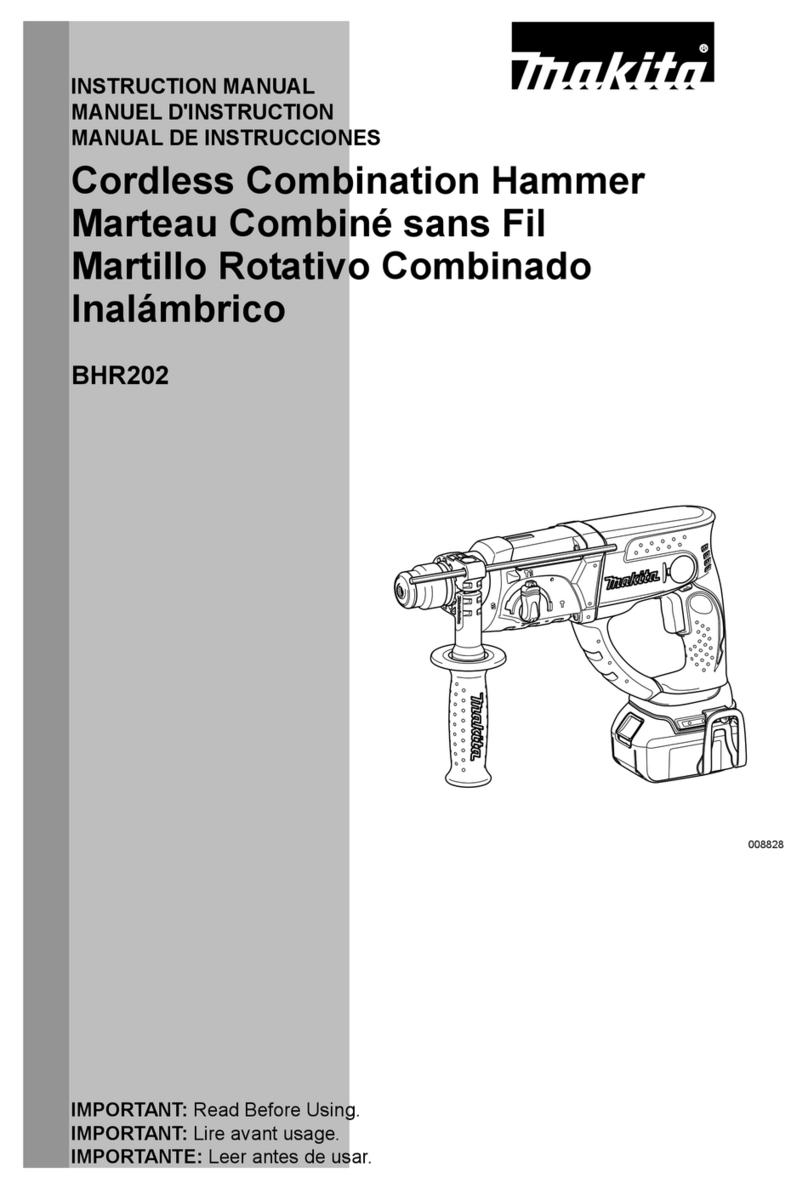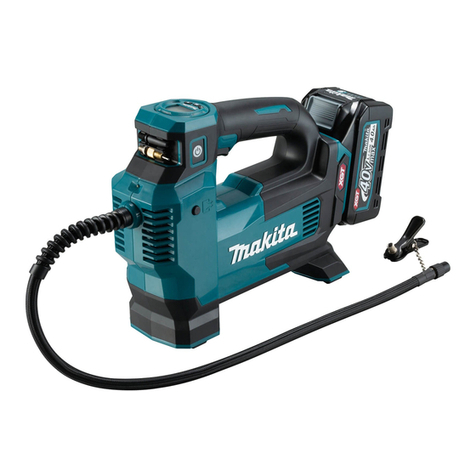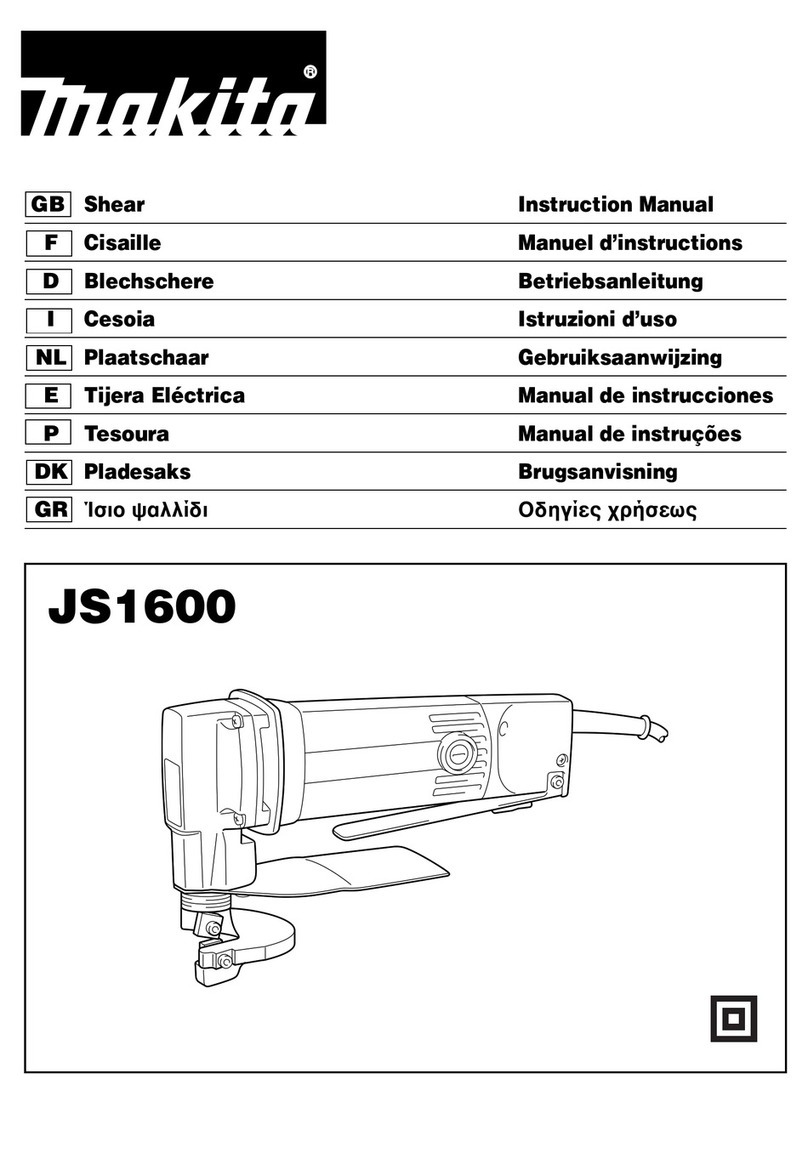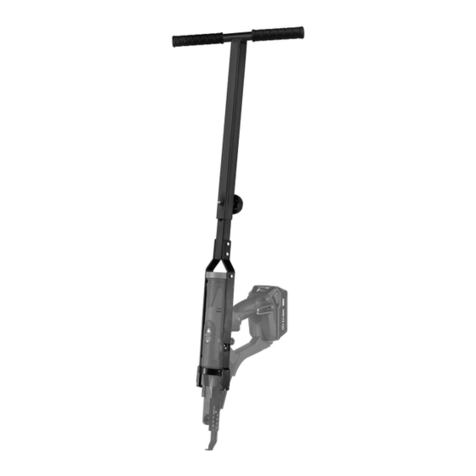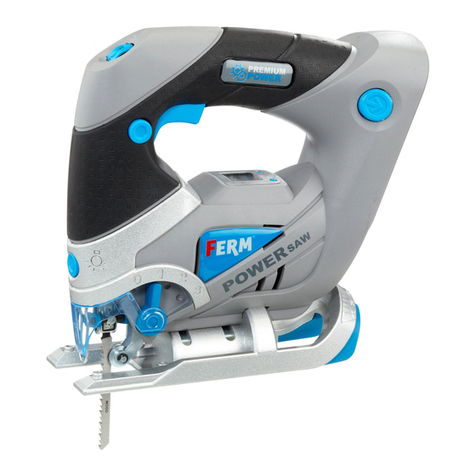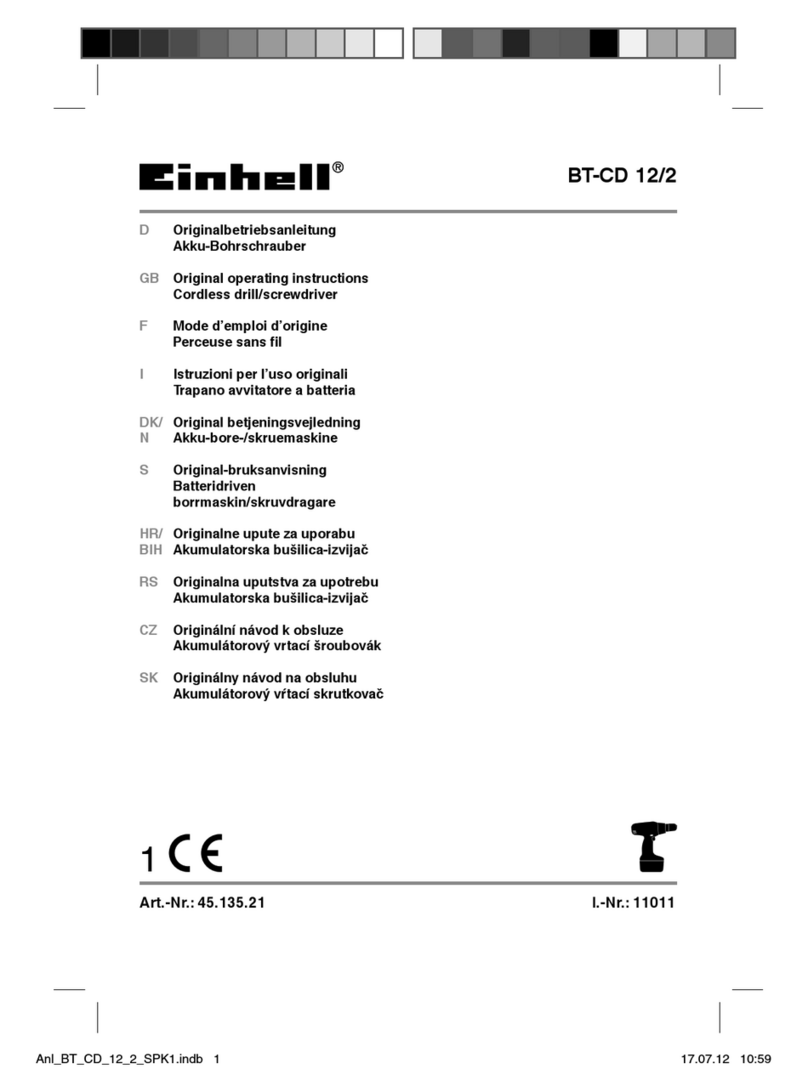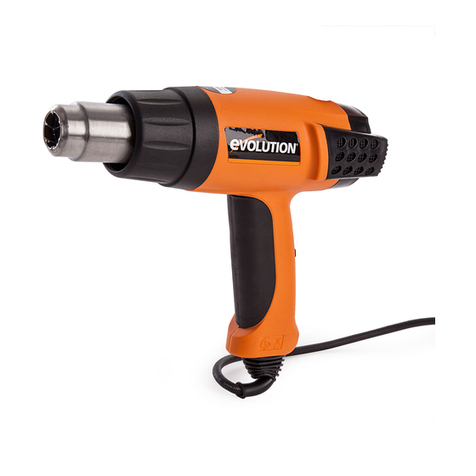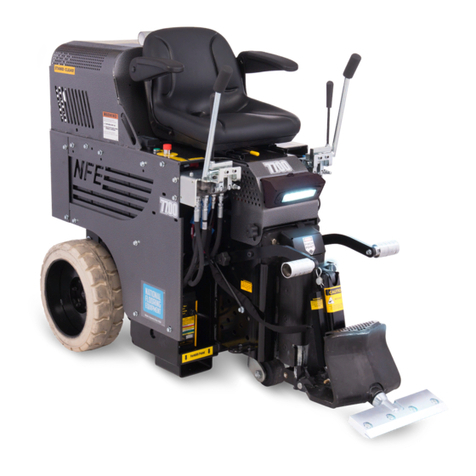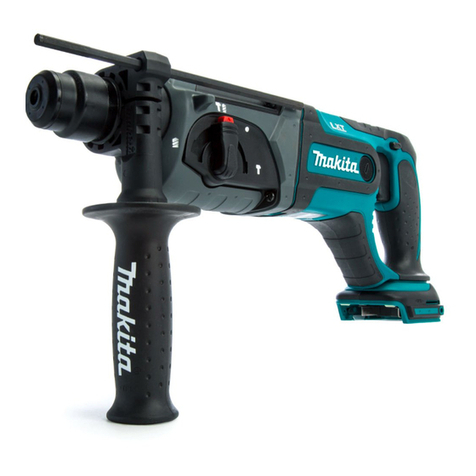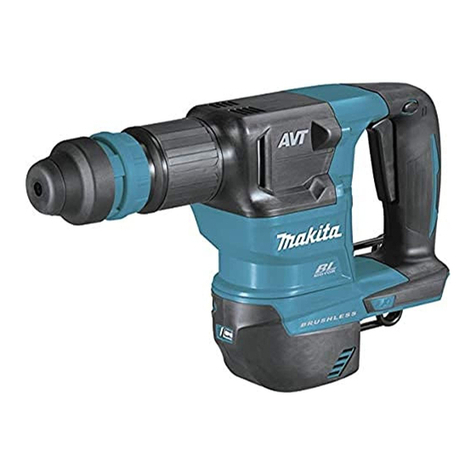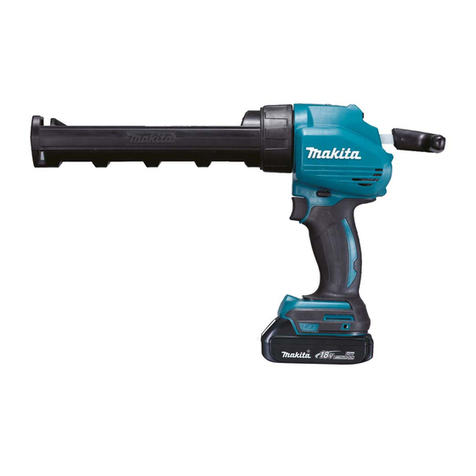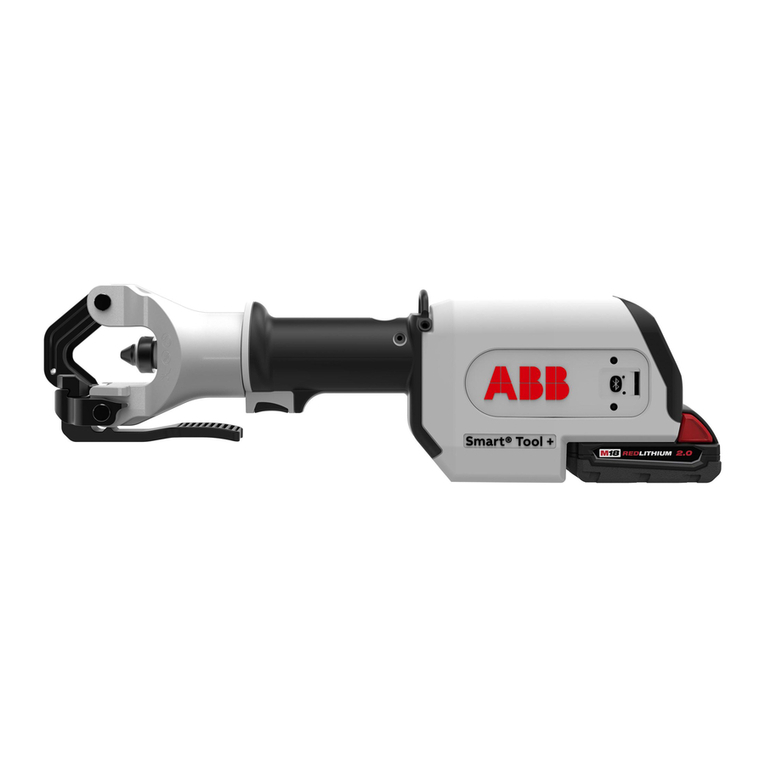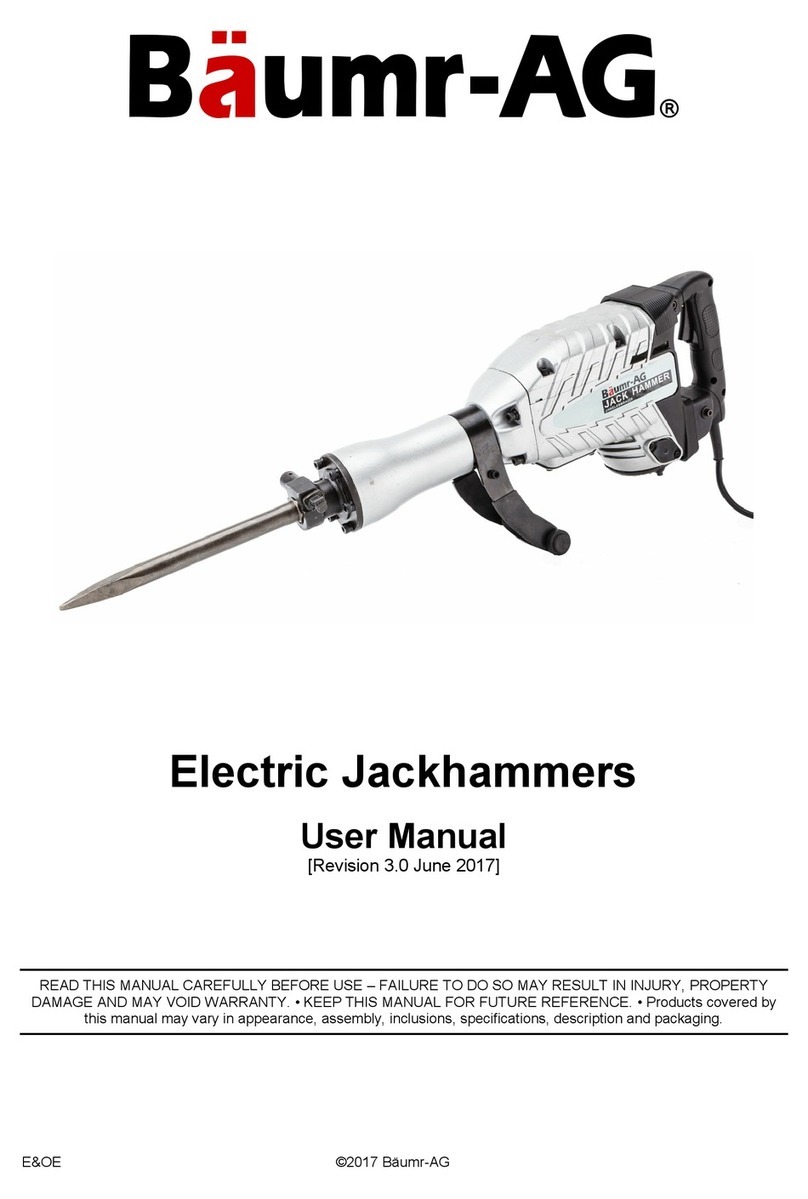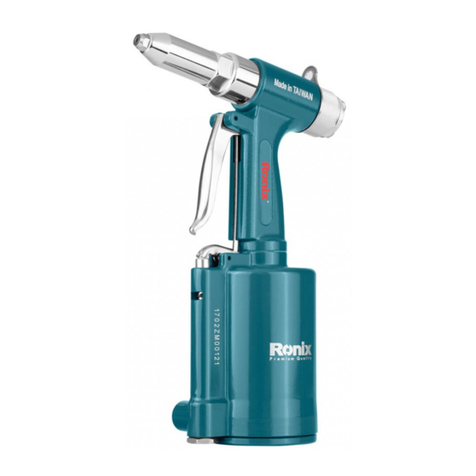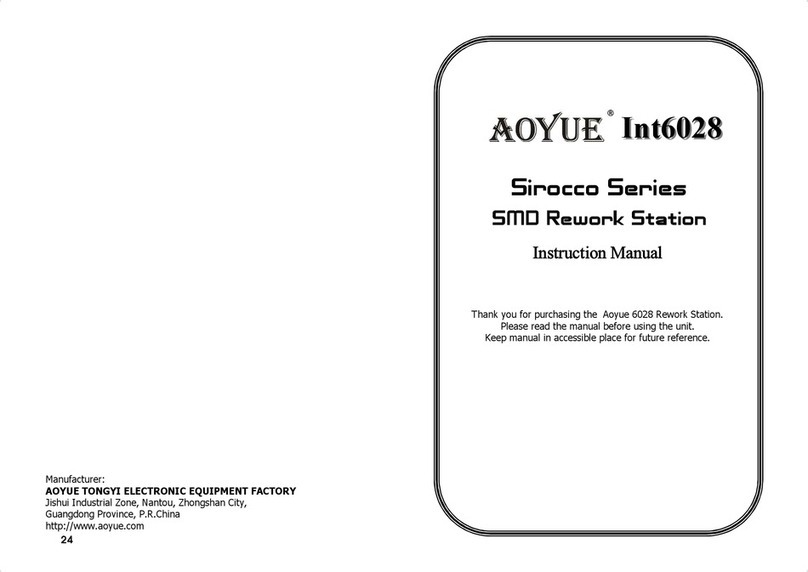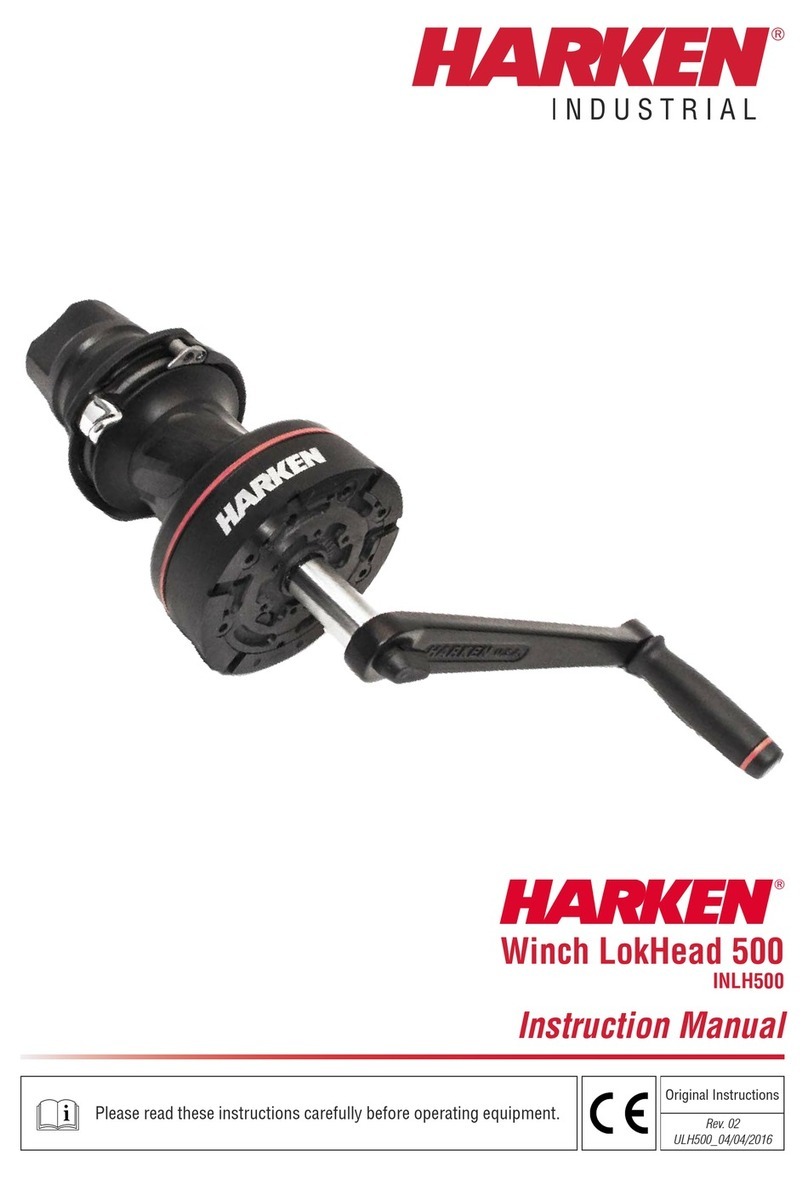
6ENGLISH
General power tool safety warnings
WARNING: Read all safety warnings, instruc-
tions, illustrations and specications provided
with this power tool. Failure to follow all instructions
listedbelowmayresultinelectricshock,reand/or
seriousinjury.
Save all warnings and instruc-
tions for future reference.
The term "power tool" in the warnings refers to your
mains-operated(corded)powertoolorbattery-operated
(cordless) power tool.
Jig saw safety warnings
1.
Hold the power tool by insulated gripping sur-
faces, when performing an operation where the
cutting accessory may contact hidden wiring or
its own cord.Cuttingaccessorycontactinga"live"
wire may make exposed metal parts of the power tool
"live" and could give the operator an electric shock.
2.
Use clamps or another practical way to secure
and support the workpiece to a stable platform.
Holdingtheworkpiecebyhandoragainstyourbody
leavesitunstableandmayleadtolossofcontrol.
3.
Always use safety glasses or goggles. Ordinary
eye or sun glasses are NOT safety glasses.
4. Avoid cutting nails. Inspect workpiece for any
nails and remove them before operation.
5. Do not cut oversize workpiece.
6. Check for the proper clearance beyond the
workpiece before cutting so that the blade will
not strike the oor, workbench, etc.
7. Hold the tool rmly.
8. Make sure the blade is not contacting the
workpiece before the switch is turned on.
9. Keep hands away from moving parts.
10. Do not leave the tool running. Operate the tool
only when hand-held.
11. Always switch off and wait for the blade to
come to a complete stop before removing the
blade from the workpiece.
12. Do not touch the blade or the workpiece imme-
diately after operation; they may be extremely
hot and could burn your skin.
13. Do not operate the tool at no-load
unnecessarily.
14.
Some material contains chemicals which may be
toxic. Take caution to prevent dust inhalation and
skin contact. Follow material supplier safety data.
15. Always use the correct dust mask/respirator
for the material and application you are work-
ing with.
SAVE THESE INSTRUCTIONS.
WARNING: DO NOT let comfort or familiarity
with product (gained from repeated use) replace
strict adherence to safety rules for the subject
product. MISUSE or failure to follow the safety
rules stated in this instruction manual may cause
serious personal injury.
FUNCTIONAL
DESCRIPTION
CAUTION:
• Alwaysbesurethatthetoolisswitchedoffand
unpluggedbeforeadjustingorcheckingfunction
on the tool.
Selecting the cutting action
►Fig.1: 1.Cuttingactionchanginglever
Thistoolcanbeoperatedwithanorbitalorastraight
line(upanddown)cuttingaction.Theorbitalcutting
actionthruststhebladeforwardonthecuttingstroke
and greatly increases cutting speed.
Tochangethecuttingaction,justturnthecuttingaction
changing lever to the desired cutting action position. Refer
tothetabletoselecttheappropriatecuttingaction.
Position Cutting action Applications
For cutting mild steel,
stainless steel and plastics.
For clean cuts in wood
and plywood.
Small orbit
cutting action
For cutting mild steel,
aluminum and hard wood.
For cutting wood and
plywood.
For fast cutting in aluminum
and mild steel.
Large orbit
cutting action
For fast cutting in wood
and plywood.
0Straight line
cutting action
Medium orbit
cutting action
Switch action
►Fig.2: 1. Switch trigger 2.Lockbutton
CAUTION:
• Before plugging in the tool, always check to see
that the switch trigger actuates properly and
returns to the "OFF" position when released.
• Switchcanbelockedin"ON"positionforease
of operator comfort during extended use. Apply
caution when locking tool in "ON" position and
maintainrmgraspontool.
To start the tool, simply pull the switch trigger. Release
the switch trigger to stop.
For continuous operation, pull the switch trigger and
thenpushinthelockbutton.
To stop the tool from the locked position, pull the switch
trigger fully, then release it.
Speed adjusting dial
►Fig.3: 1.Speedadjustingdial
Thetoolspeedcanbeinnitelyadjustedbyturningthe
speedadjustingdial.Higherspeedisobtainedwhenthe
speedadjustingdialisturnedinthedirectionofnumber
5;lowerspeedisobtainedwhenitisturnedinthedirec-
tionofnumber1.

